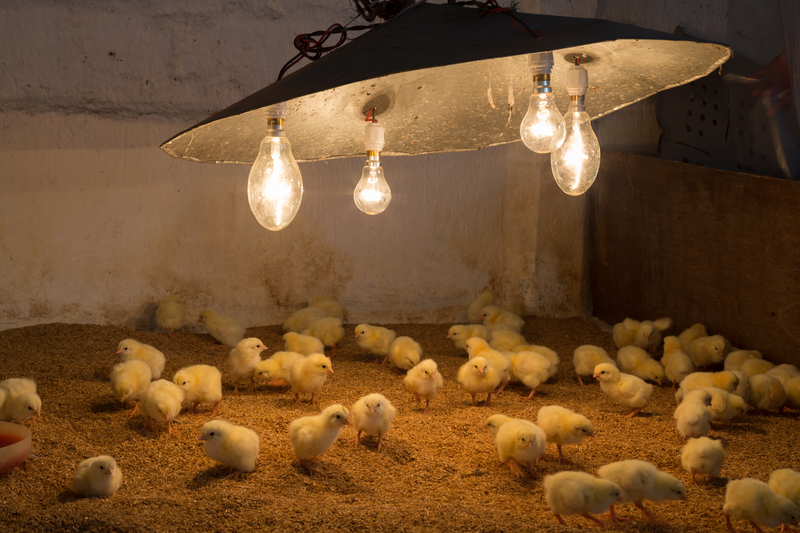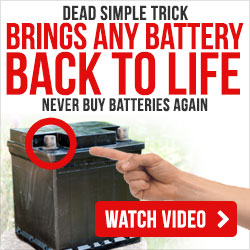Baby chicks. Fuzzy and cute, warm and cuddly, they are adorable beyond words. Sometimes called the “gateway drug” to adding animals to a homestead, the chickens these chicks grow into can add any number of benefits to your property, from pest control to fresh eggs to a Sunday Roast.
If you are contemplating joining the thousands of people across the world to raise their own chickens for meat and eggs, here are some things you will need to be prepared with.
A Brooder
Brooder is a fancy way of saying container. When you first receive your chicks, they will be too small to turn loose into the chicken coop. Just as a baby needs a bassinet then a cradle before they grow into a standard bed, chicks need a smaller space so they won’t get caught in small places around the coop area you don’t even know exist. It also keeps them better protected during colder weather.
If you plan to have chicks around every year, you may consider getting one of the fancier brooders available on the market, but just about anything will work. I remember one year when my parents helped out one of the local farmers in our town by taking in a several dozen chicks after one of their temperature regulated brooders broke.
Other containers that work well are the smaller galvanized tubs or feeding troughs, and large plastic storage chests. These are both easy to keep clean and can be used year after year then stored easily when not in use.
Whether or not you need a cover on your brooder depends on its proximity to predators. This doesn’t just mean coyotes or birds of prey. If you have any cats on the property either domestic or feral, they can be a big threat.
A simple wire mesh stretched over a frame and secured on the top will solve your problem without blocking ventilation.
A Way to Stay Warm
Initially, chicks must be kept in an environment that is 95-100o F. This range goes down as they grow and produce more body heat themselves.
The easiest way to provide a heat source for your chicks is with a heat lamp. If you decide to go this route, though, be very careful. Heat lamps can become a fire hazard very quickly.
A safer but more expensive option is a heating plate. If you are starting with a small number, this may be a good choice. If you have a larger number of chicks you need to keep warm, the costs may become more expensive, but you will have less stress knowing you’ve gone with a safer method.
A Water Source
This may seem like a no-brainer since just about every living thing on our planet relies on water for survival, but we’re going to discuss it anyway.
For your chicks’ safety and your peace of mind, it’s a good idea to invest in a specialized waterer instead of an open container of water in the habitat. Open containers provide an easy way for your new babies to drown themselves.
Most feed stores have waterers available to fit your needs. To help your chicks become familiar with their surroundings more quickly, consider dipping their beaks into the waterer as you place them into the brooder, so they know where the water source is.
Suggested Article: “Why Chickens are Your Best Friend on the Homestead”
A Food Source
New chicks have very specialized nutritional needs at the beginning of their life. There are some homemade starter chick feeds going around the internet, but the easier way to make sure your kids are getting exactly what they need, pick up some chick starter feed at your local supply store.
Once they’ve gotten bigger, you’ll switch them to egg layer feed or meat bird feed, so there is no need to put a lot of extra effort in at the beginning.
A feeder will help a little in keeping the food in one place, but keep in mind, chicks are messy, and there will be spills to contend with.
Chicken Keeping Answers — Your one-stop chicken raising resource. Get info here>>>




